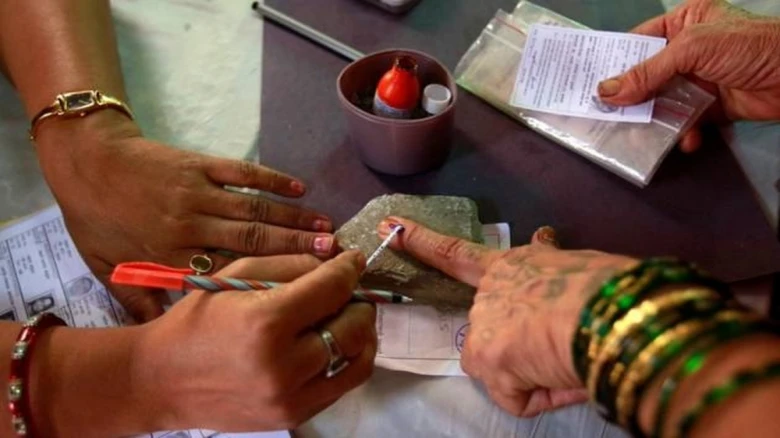Sports

The concept of "One Nation, One Election" has recently gained prominence in India's political discourse, but it is far from being a...
Digital Desk: The concept of "One Nation, One Election" has recently gained prominence in India's political discourse, but it is far from being a new idea. As experts point out, it is as old as India's Constitution, dating back to the early years of the Republic.
After the adoption of the Indian Constitution in 1950, India conducted simultaneous elections for the Lok Sabha and all state assemblies every five years between 1951 and 1967. The citizens of India exercised their democratic rights by voting both for the central government and their respective state governments in 1952, 1957, 1962, and 1967.
However, this practice came to an end as India underwent significant territorial changes, with new states emerging and existing ones being reorganized. Simultaneous elections were discontinued after some legislative assemblies were dissolved in 1968-69.
Also Read : I.N.D.I.A Alliance Meet In Mumbai: To Jointly Contest in 2024 LS Polls; Resolution Passed On Seat Sharing
The idea to revert to simultaneous elections was initially proposed in the annual report of the Election Commission in 1983. It gained further attention when the Law Commission referred to it in 1999.
In 2014, when Prime Minister Narendra Modi's BJP-led government assumed power, the party made a robust pitch for "One Nation, One Election." The government frequently expressed its intention to implement this ambitious concept.
In 2018, the Law Commission submitted a comprehensive draft report supporting the idea of simultaneous elections. The commission recommended crucial changes to electoral laws and constitutional provisions while addressing the legal and constitutional constraints involved.
Crucially, the Law Commission highlighted that conducting simultaneous elections would require appropriate amendments to the Constitution. Additionally, at least 50% of the states must ratify the proposed constitutional amendment to make it a reality.
In 2019, the BJP assigned the task of raising awareness about "One Nation, One Election" to party leader Vinay Sahasrabuddhe, a former Rajya Sabha MP. A two-day seminar was organized, and consultations with various stakeholders took place. Later that year, a comprehensive report was submitted to the Prime Minister.
The momentum continued into 2020 when Prime Minister Modi, addressing the concluding session of the All India Presiding Officers Conference, reiterated his support for simultaneous elections across the nation. He emphasized the need for a unified voters' list to streamline the electoral process further.
As India debates the feasibility and benefits of "One Nation, One Election," it is essential to recognize that this concept has deep historical roots within the country's democratic framework. The ongoing discussions and deliberations on this topic reflect India's commitment to refining its democratic processes and exploring innovative ways to enhance the electoral system for the benefit of its citizens. Whether this ambitious idea becomes a reality will depend on the consensus and determination of India's political leadership and the will of its people.
Leave A Comment